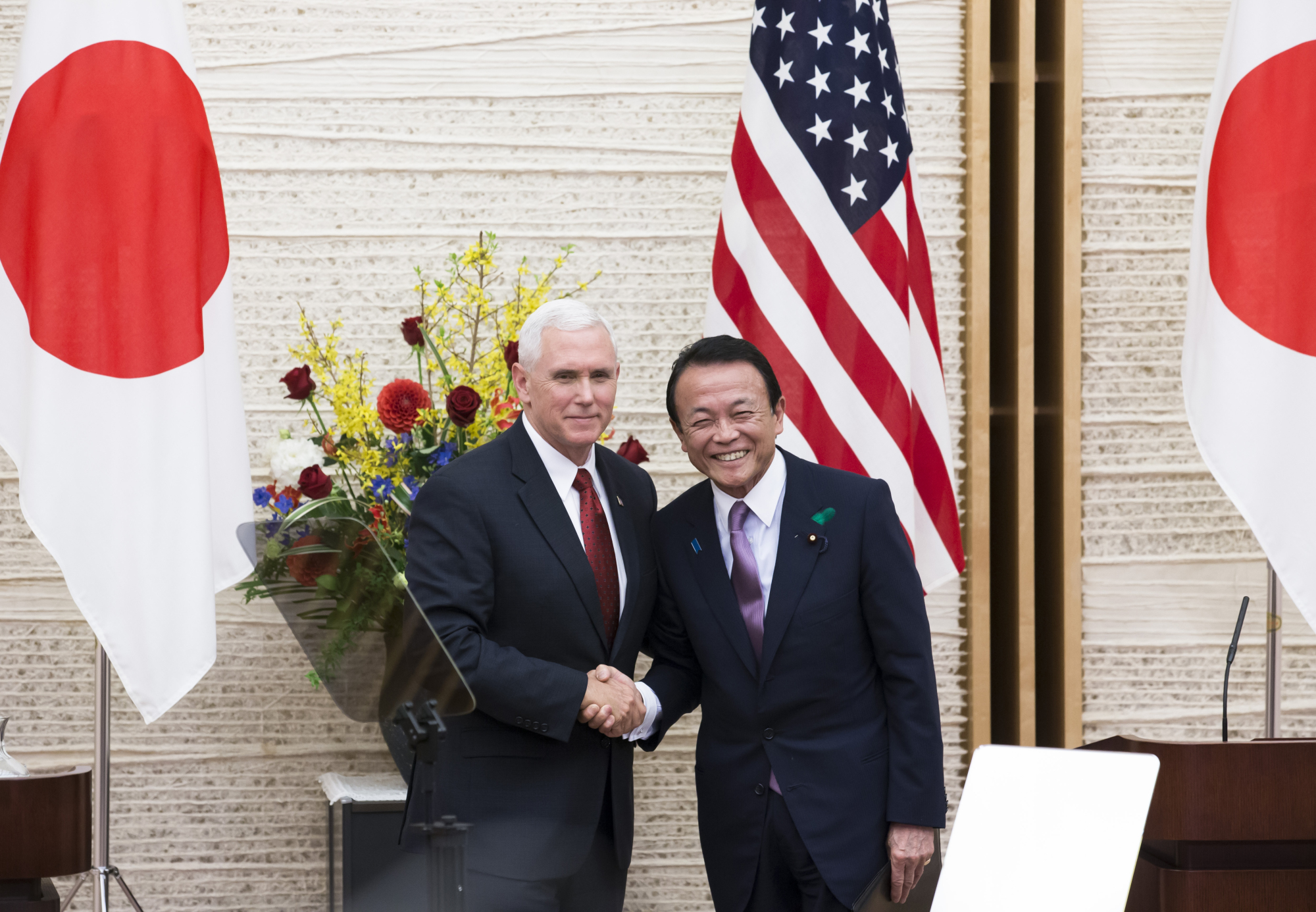During my time as a newspaper correspondent in Washington in the 1980s, I filed reports day in day out on the economic frictions between Japan and the United States. The two countries were engaged in fierce bargaining over a wide range of products: home electronics, automobiles, machine tools, precision machinery, supercomputers, tobacco, beef, oranges and rice. During this period, there was the 1985 Plaza Accord. In the 18 months between its conclusion and the 1987 Louvre Accord, the dollar's exchange rate to the yen and the deutschmark dropped by as much as 50 percent.
But even that could not reduce the U.S. trade deficit with Japan. The negotiations leading up to the Japan-U.S. Semiconductor Agreement began in 1985. This agreement (amended in 1991) promised to ultimately allocate 20 percent of Japan's chip market to U.S.-made products. Some of the Japanese businesses forced to purchase U.S. products simply dumped them in Tokyo Bay, demonstrating the illogical nature of trade agreements focused on sector-specific numerical targets.
The Structural Impediments Initiative (SII) talks between the two governments began in 1989. During the SII talks, the U.S. side made over 200 specific demands pertaining to a range of issues including Japan's public investments, the keiretsu system, and rules on distribution and land use. But it was not these talks but rather the subsequent globalization that finally broke down the structural barriers to the Japanese market.


















With your current subscription plan you can comment on stories. However, before writing your first comment, please create a display name in the Profile section of your subscriber account page.